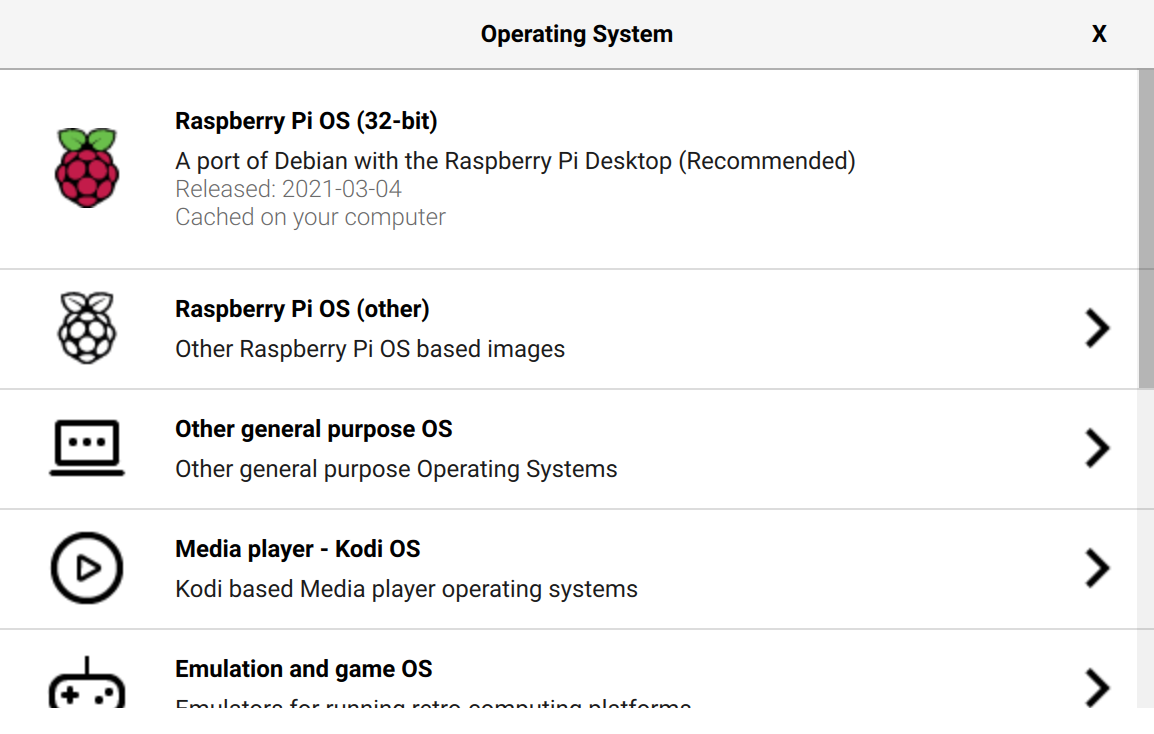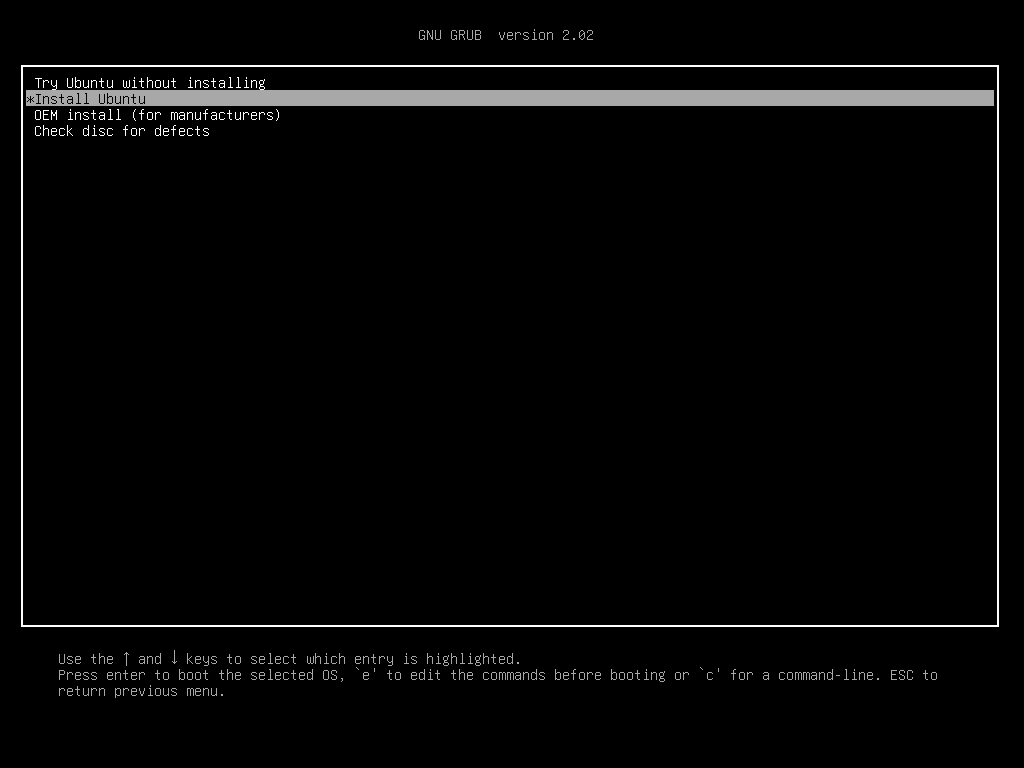

Moreover, the longer USB flash drives are in use, the faster they deteriorate. USB flash drives have a limited bandwidth to exchange data with the rest of the hardware.

Note that while it’s a fun and interesting way of carrying your own operating system in your back pocket, it’s not a good solution for long-term use. For the most flexibility, however, it’s recommended to use a 32GB USB flash drive or higher. In that sense, you need a minimum of a USB flash drive with 16GB storage capacity. For Ubuntu, the basic installation requires at least 10-15GB of free space. Generally, a USB flash drive comes with relatively low storage capacity than an SSD or HDD. In this guide, that’s what we’re going to take advantage of. Ubuntu on USB flash driveĪny Linux distro requires relatively low disk space to have a bare minimum installation.
#Install ubuntu from usb to ssd how to#
Of course, it’s not something crazy, but really fun.Ĭheck out how to install an entire Ubuntu system on a USB flash drive. In this guide, let me demonstrate to you just that.

Thanks to its lower hardware resource requirement (depends on the distro, but on average, still lower), you can run it on even the most potato computer you can find in your attic. Linux is an operating system that can run on almost any hardware. It’s a distro that can meet the needs of all sorts of workloads, be it casual or professional. Maintained by Canonical, Ubuntu is a Debian-based distro with tons of additional features. Among all the Linux distros out there, Ubuntu is one of the most well-known and popular ones.


 0 kommentar(er)
0 kommentar(er)
